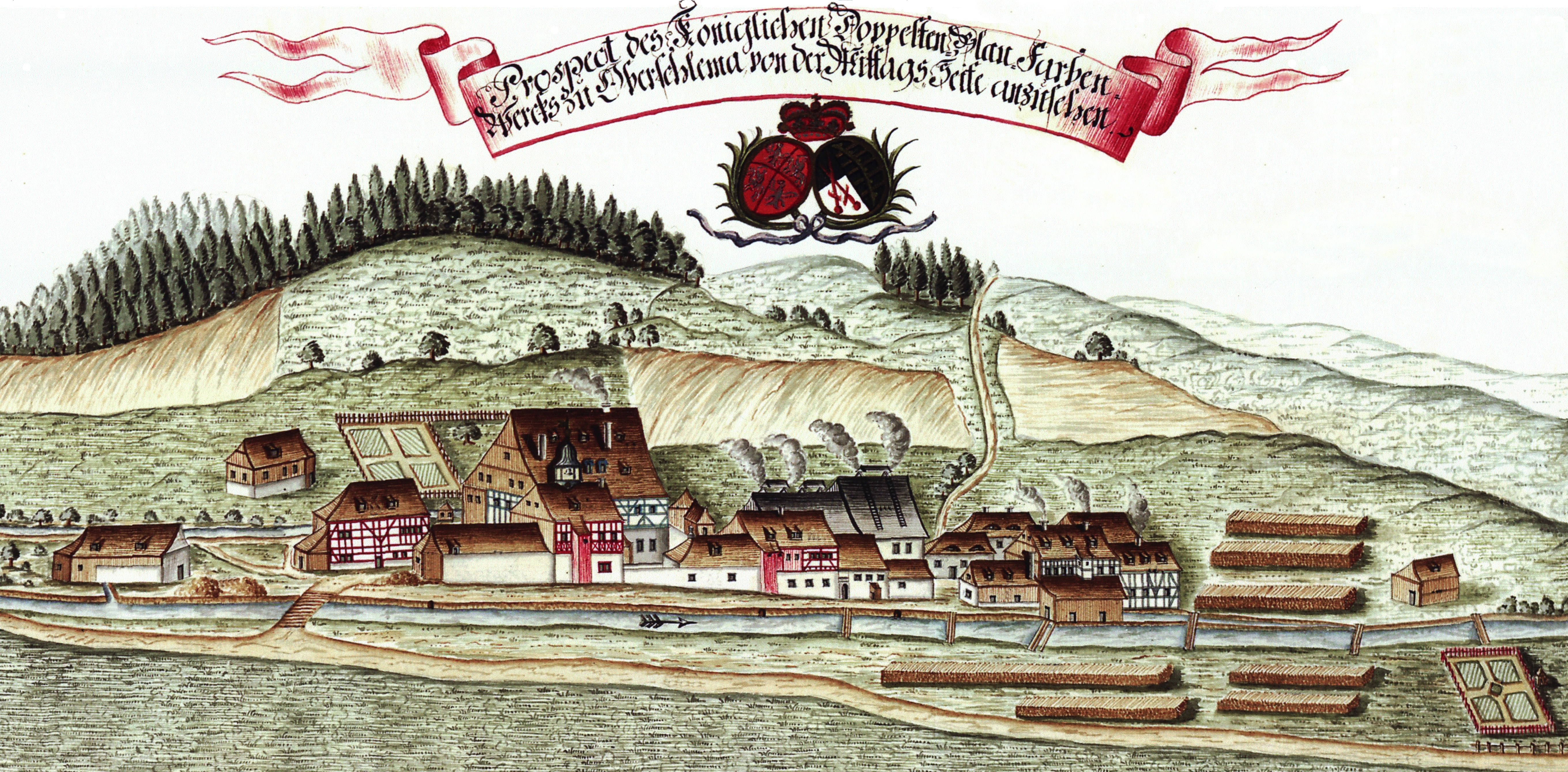
About Saxony
About the Region
Saxony is a federal state of Germany, bordering the federal states of Brandenburg, Saxony Anhalt, Thuringia, and Bavaria, as well as the countries of Poland and the Czech Republic. The capital of Saxony is Dresden and the largest city in the state is Leipzig. Saxony is the 10th-largest of Germany's 16 states, with an area of 18,450 square kilometres, and the sixth-most populous, with a population of about 4 million people.
Today, the automobile industry, machinery and semiconductor-related production and services contribute to the economic development of the region. More than 70% of production requires raw materials imports and feeds from its own sources (primary and secondary) and only the industrial minerals resources in Saxony cover the consumption. Nevertheless, with high innovative pyro- and hydrometallurgical capacities in almost all base metals including important carrier metals for recycling and CE Saxony is a hub of the metallurgy industry in Europe. Saxony is one of the birthplaces of industrialization in Continental Europe and is one of the highest industrialized regions in Europe. Saxony is holding a leader status in RIS3 among all European Regions with a strong focus on mechanical engineering, electrical industry and automotive industry with a high export rate. And it is an important research area within the Federal Republic with a focus on microelectronics, nanotechnologies, photonics, biotechnology, and advanced materials and advanced manufacturing technologies.
The Mining and Metallurgy Industry
Saxony is a mining and metallurgy state and both enjoy – traditionally - a solid public reputation in the region. The region is rich in raw materials including energy materials such as lignite and uranium. At present Saxony is one of the principal lignite mining regions in Europe, however subject to regional transformation to terminate lignite mining by 2038. In metal mining, however, there is a trend to mine resumption though mineral occurrences are rather low grade or deep-seated ore bodies. Among the latest mining developments by private business projects on mine resumption and exploration are focusing on lithium, tin, zinc, tungsten, fluorspar, copper and byproducts, such as indium.
At present most income by mining is generated by lignite mining (for generating electricity and the chemical industry), aggregate and industrial minerals mining such as caoline, dolomite, fluorspar. Saxony is not only a region with a long historical mining record in quantity but also highlighted in history with a number of groundbreaking inventions in mining and metallurgy. As a consequence, for example, the first European china was invented in 1710 in Saxony. With regard to ore and spar mineralisation, most of the shallow deposits have been mined over a long mining period stretching from the Middle Ages to 1990 with a strong focus on base metals and uranium after 1945 which made Saxony up to 1990 the third-largest uranium producer in the world. Most of these deposits are now depleted in their upper settings have become economically unviable. Investigations to valorise the substantial occurrences of close to surface low grade ore and deep seated potentially high-grade ore are now subject to R&D and extensive data exploration. The investigations are focusing on commodities such as indium, rare earths, tungsten, tin, fluorite, lithium, gallium, molybdenum, copper and silver. The State Government has set up a several million programme to archive and update historical data in order to save and use the valuable information to attract more investments in mining.
Saxony is still one of the true metallurgy regions in the EU. Pyro- and hydrometallurgical works are historically closely associated to metal mining. Today, the smelters are entirely operated with scrap, even though backward integration is a raising subject of concern in scrap supply. The main smelters in the Saxony region are Nickelhütte Aue GmbH (Co, Cu, Ni), Befesa (Zn), Muldenhütten (Pb), and Feinhütte Halsbrücke GmbH (Sn), which is one out of four remaining tin smelters in Europe.
Mineral Deposits and Metallurgy Production Sites
Most of the ore and spar deposits in Saxony are located in the Ore Mountains, Vogtland or in distinct distribution areas. The rest of the deposits can be found near Schleife and Weisswasser in Lusatia (North Sudeten Basin), north Leipzig (Delitzsch Granodiorite Massif) and the central Saxon Hills (Granulite Mountains). Due to the increase in global market prices the exploration of ore and spar, in particular tin, tungsten, zinc, lithium, fluorite and barite, including substantial critical raw material by-products, re-started in 2005 and led to the re-opening of a fluorspar mine in 2015. Another mining project, focusing on lithium in the cross-border region to the Czech Republic, the project is already in the phase of feasibility and the permitting procedures have started in the end of 2017, while further projects are planned. The Saxon State Government is strongly committing to mining and resource efficiency and was the first regional government in EU to publish an own Raw Material Strategy.